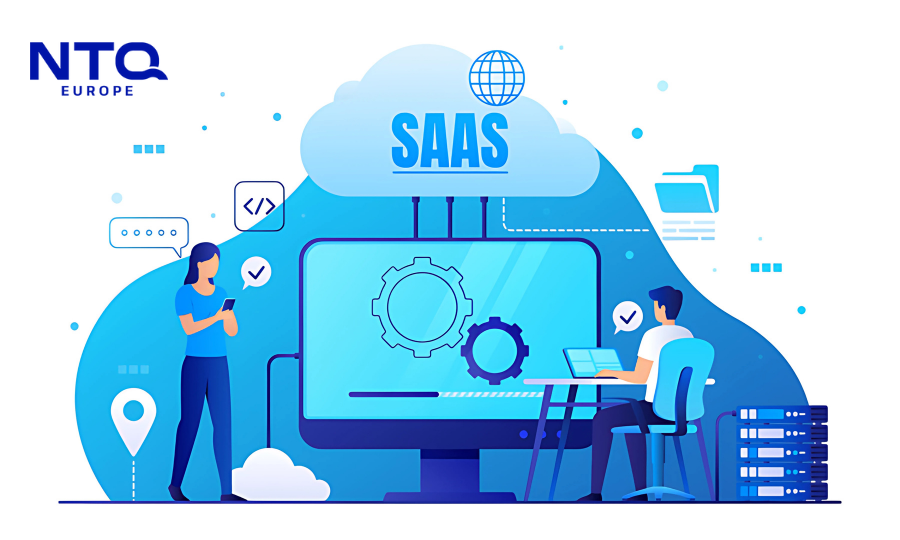1. Build-Operate-Transfer Meaning and Why It Matters
What is Build, Operate, and Transfer?
BOT, also called build-operate-transfer services or build-operate-transfer IT outsourcing, is a contractual relationship in which a company hires a IT service provider to set up, optimize, and run an IT or business operation. This model allows businesses to leverage expert knowledge and resources during the crucial build and operate phases as the provider will handle everything – from building the team and infrastructure to running the day-to-day operations. Once everything is running smoothly, the operation is transferred back to the company to take full ownership as an in-house or “captive” center.

The Build-Operate-Transfer (BOT) model is a strategic approach to help businesses achieve their goals
The Strategic Role of BOT Build-Operate-Transfer in Modern IT Services
In the IT services landscape, the BOT model acts as a strategic enabler for companies aiming to scale internationally without unnecessary complexity or risk. Instead of managing everything in-house or fully outsourcing to third parties, businesses can benefit from a balanced, step-by-step expansion model. Here’s how BOT addresses key business challenges:
- Accelerates market entry: BOT helps companies set up a local presence in new markets quickly by leveraging the partner’s infrastructure, resources, and regulatory know-how.
- Accesses high-quality local talent: Companies can tap into tech-rich talent pools without spending months navigating unfamiliar hiring landscapes.
- Mitigates risk and cost: By avoiding large upfront investments and transferring ownership only after operations are stable, businesses reduce financial and operational risk.
- Ensures compliance and localization: BOT partners manage legal, cultural, and regulatory requirements during setup and operations, ensuring the business is market-ready.
- Enables seamless transition and scalability: Over time, the team and technology infrastructure are transferred to the client, allowing full control and sustainable scalability.
Comparing BOT vs. Traditional Outsourcing Models
| Key features | BOT Model (Build-Operate-Transfer) | Traditional Outsourcing Model |
| Ownership | Start with the IT service provider, then transfer to the business. The business will fully control the team, systems, and operations in the end. | Always remains with the IT service provider. Businesses never have full control of the team or infrastructure. |
| Control | High. After the transfer phase, companies gain full control over the teams and processes and make all the decisions. | Limited. The IT service provider will be the one who manages most of the process. Businesses can set expectations. |
| Commitment | Long-term strategic partnership as it’s designed for businesses seeking long-term growth and expansion. | Usually short-term or project-based. |
| Knowledge Retention | Excellence. As businesses take over the operation, they also own all the accumulated knowledge. | Might lose know-how if the partnership ends or the outsourced team changes. |
| Scalability | High. Once business gets transferred, they can operate internally without starting from scratch. | Varied depends on the service provider’s capacity or contract flexibility. |
| Cost Efficiency | Cost-effective in the long run. | Might be cheaper upfront but can be more expensive in the long run. |
| Best For | Businesses looking to expand globally, establish long-term operations, or build tech capacity in new markets while eventually bringing everything in-house. | Companies that need to execute short-term projects, reduce internal workload, or tap into expertise they don’t plan to develop internally. |
2. Why the BOT Model is a Game-Changer for Global IT Expansion
The BOT model isn’t just a cost-saving strategy – it’s a scalable, low-risk pathway to global innovation. By combining the strengths of outsourcing with the long-term control of in-house operations, BOT gives businesses a strategic advantage in new markets.
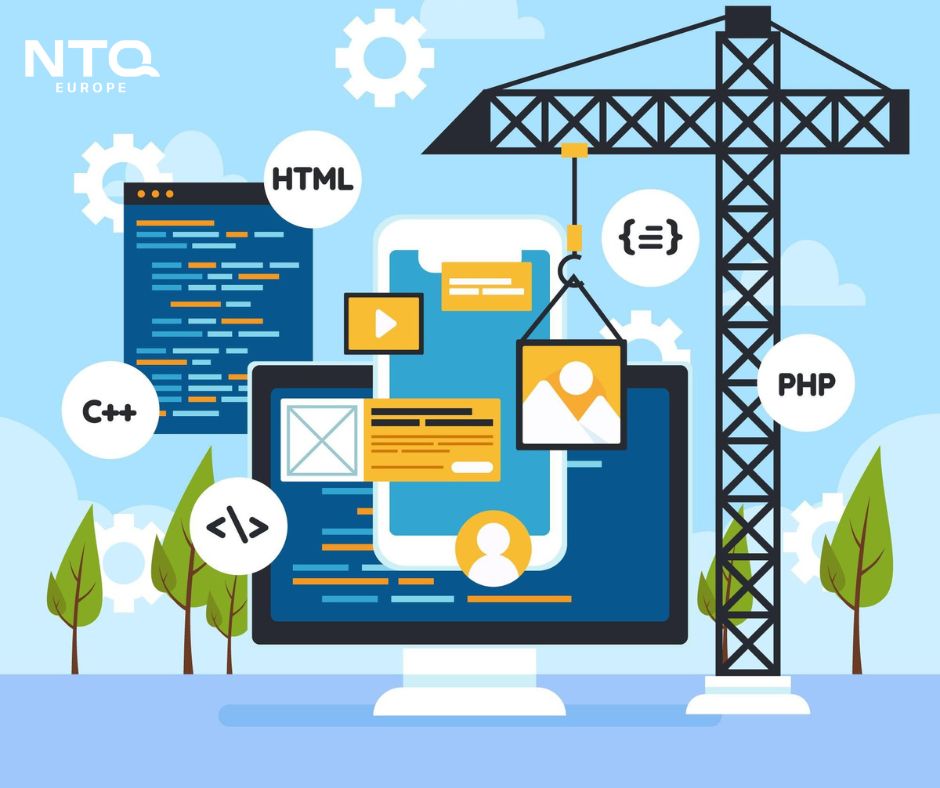
The BOT model is a scalable, low-risk pathway to global innovation
Cost Efficiency Without Compromising Quality
Setting up a full-fledged development center abroad can be prohibitively expensive, especially when factoring in recruitment, office space, IT infrastructure, and legal compliance. With BOT, the initial investment is minimized as a trusted partner handles the setup and operations. Over time, you gain full control of a ready-to-run, optimized team and facility without the learning curve or inflated costs.
=> Ideal for: Startups, SMEs, and enterprises entering cost-sensitive markets or seeking lean operations without sacrificing development standards.
Accelerated Market Expansion with Local Expertise
Launching into a new region often involves navigating unfamiliar legal frameworks, language barriers, and cultural differences. BOT partners already have local knowledge, talent networks, and infrastructure in place. This enables companies to establish a local presence faster, more compliantly, and more effectively than building from scratch.
=> Ideal for: Tech companies, SaaS providers, or enterprises expanding into the EU or Asia with limited on-ground presence.
Lower Risk When Exploring New Technologies or Markets
Venturing into emerging tech like AI, blockchain, or IoT – or breaking into new markets – comes with uncertainty. BOT allows businesses to test viability and build a foundation under the wing of an experienced partner. If the venture succeeds, they gain a turnkey operation. If not, they avoid long-term financial and operational commitments.
=> Ideal for: Innovation teams, R&D labs, and enterprises exploring new verticals or regions with high volatility or rapid change.
Operational Excellence Powered by Experienced Partners
During the “Operate” phase, your BOT partner handles all critical processes: recruitment, training, workflow optimization, performance monitoring, and day-to-day management. You benefit from immediate productivity, technical best practices, and high service quality without internal HR overhead.
=> Ideal for: Fast-scaling businesses or enterprises that want high-performance delivery teams without delaying product roadmaps.
Seamless Knowledge Transfer and Long-Term Control
Unlike traditional outsourcing, the BOT model is designed for smooth handover. As ownership is transferred, your team inherits the processes, documentation, tools, and local team members, ensuring no loss of knowledge or productivity. You’re not just hiring a vendor; you’re building your future team.
=> Ideal for: Businesses with long-term product development plans that require IP retention, quality consistency, and internal team ownership.
Built-in Scalability and Flexibility
Need to ramp up development for a product launch or pivot quickly in response to market demand? BOT enables scalable team growth and operational flexibility, allowing you to expand or shift focus without restructuring your core business. Your BOT partner adjusts resources to fit your needs and hands it over when you’re ready.
=> Ideal for: Startups, product companies, and multinational enterprises with dynamic development pipelines or global user bases.
3. How the BOT Process Works: From Setup to Seamless Handover
The BOT model unfolds in three key phases: Build, Operate, and Transfer – each designed to reduce risk, ensure operational efficiency, and accelerate global expansion.
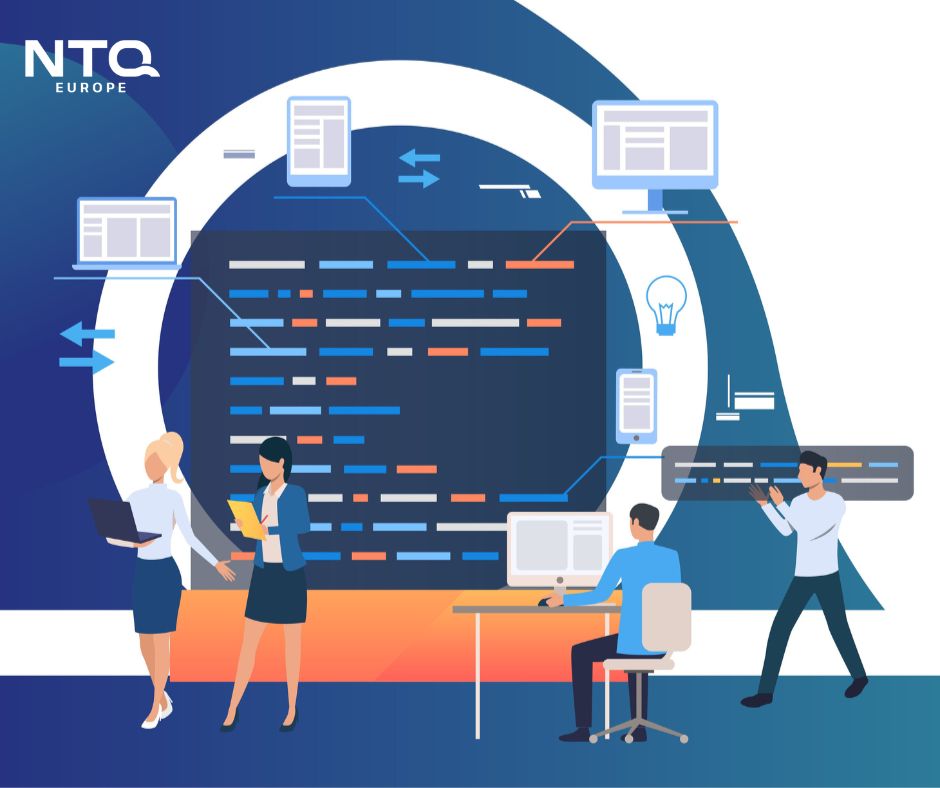
The BOT model unfolds in three key phases: Build, Operate, and Transfer
Step 1: Build Phase – Establishing the Foundation
After signing the build-operate-transfer agreement with your IT service provider, you can set the expectations and let your IT partner handle everything, starting from building the offshore development center from scratch. It includes recruiting skilled IT staff, setting up secure tech infrastructure, ensuring legal and regulatory compliance, and securing office space – physical or virtual. Doing it right from the start will help significantly reduce entry risks, accelerate time-to-market, and enable your business to gain local expertise with the least effort. After this phase, you will have a fully operational development unit which is staffed, equipped, and aligned with your objectives.
Step 2: Operate Phase – Driving Performance and Delivery
In the Operate phase, once the offshore center is established, the BOT partner takes full responsibility for managing daily operations, team performance, and quality assurance while ensuring close alignment with your internal teams and business objectives.
This phase is essential for optimizing processes under expert oversight, enabling your company to focus on core activities while benefiting from consistent, high-quality offshore output. By the end of this phase, you’ll have a well-integrated, high-performing remote team functioning as a seamless extension of your organization, delivering on your expectations, timelines, and KPIs.
Step 3: Transfer Phase – Seamless Ownership Handover
In this phase, following a successful period of operations, the BOT partner hands over complete ownership of the offshore development center, including the team, infrastructure, processes, knowledge base, and intellectual property to your company.
This step is critical as it provides you with full strategic control over a mature, high-performing unit that’s already aligned with your workflows, culture, and goals. You can expect a smooth, low-disruption transition that empowers your business with a scalable, cost-efficient asset – ready to drive long-term growth and innovation under your leadership.
Overcoming BOT Challenges: Practical Solutions for a Seamless Transition
While the BOT model offers a strategic path to scaling global operations, it also presents several unique challenges across the setup, operation, and handover stages. Understanding these obstacles and having a plan to address them are critical to BOT success.
| Challenge | Why It Happens | Impact on Business | Solution |
| Maintaining Consistent Quality and Productivity | Differences in working styles, time zones, or quality benchmarks between offshore and headquarters can lead to misalignment. | Inconsistent deliverables, reduced team efficiency, and longer time-to-market. | Implement shared KPIs, Agile workflows, and continuous communication. Use local delivery managers to ensure cultural and operational alignment. |
| Ensuring Data Security and IP Protection | Expanding operations to unfamiliar regulatory environments can raise concerns about compliance and data leaks. | Risk of intellectual property theft, compliance violations, or customer trust erosion. | Partner with ISO-certified, GDPR-compliant vendors. Enforce strict access controls, secure infrastructure, and legal agreements. |
| Transition Risk During Transfer Phase | Poorly managed handover can lead to knowledge loss, reduced productivity, or team disengagement. | Disruption to operations, employee attrition, and inconsistent delivery post-transfer. | Plan transfer from day one. Conduct phased handover, cross-training, and dual-operation period. |
| Integrating BOT Teams with Parent Company Culture | Geographical separation and differing management styles can create cultural silos. | Lack of cohesion, communication breakdown, and employee disengagement. | Organize regular cross-team workshops, cultural exchange programs, and embed company values in onboarding. |
| Setting the Right Scope and Expectations | Overambitious targets or unclear goals can overwhelm the offshore team or lead to scope creep. | Project delays, team burnout, and budget overruns. | Start with a clear roadmap, define realistic milestones, and establish scalable plans. Reassess and adjust scope during Operate phase |
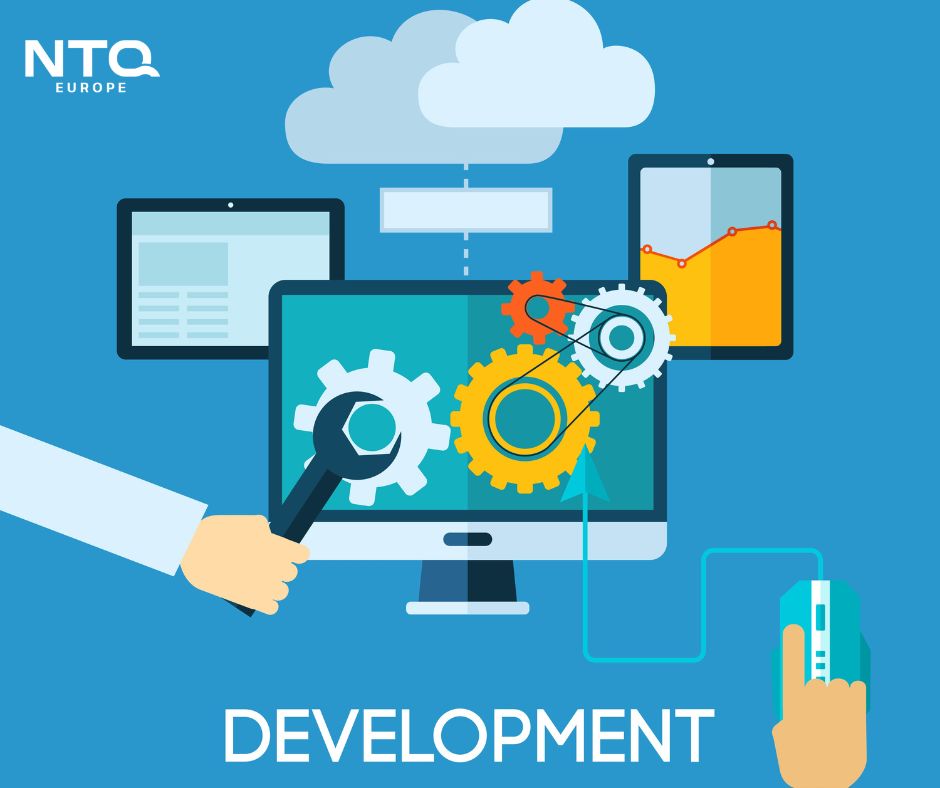
Partnering with trusted IT service provider like NTQ Europe for your BOT model means securing a high-performance, future-ready development center
4. Why NTQ Europe Is Your Strategic Partner for BOT Success
Partnering with us for your BOT model means securing a high-performance, future-ready development center backed by deep expertise, European-standard governance, and seamless operational excellence.
What Makes Us Uniquely Qualified?
-
European Presence with APAC Delivery Power
NTQ Europe is part of the global NTQ Group with delivery hubs in Vietnam and a consulting office in Europe. This unique setup gives clients the best of both worlds: cost-efficient offshore execution paired with EU-based leadership, compliance, and communication.
-
Proven BOT Implementation Framework
We have successfully established and operated BOT centers across sectors such as fintech, e-commerce, logistics, and healthcare. Our proprietary BOT framework ensures smooth setup, streamlined operations, and stress-free handover – backed by measurable KPIs and continuous performance monitoring.
-
Enterprise-Grade Compliance and Security
Getting ISO 27001 and ISO 9001 certified, fully GDPR-compliant, and experienced in serving highly regulated industries, we apply strict data security protocols, risk mitigation strategies, and legal transparency to protect your IP and sensitive operations from day one.
-
Built-in Scalability and Talent Advantage
Our offshore delivery center in Vietnam gives clients instant access to a curated pipeline of 1,300+ tech professionals skilled in AI, cloud, cybersecurity, enterprise software, and beyond. We design BOT centers with modular architecture to ensure smooth team scaling as your needs grow.
-
Localized Leadership, Global Execution
Unlike most offshore providers, we embed local delivery managers into your team structure from the start. This ensures operational visibility, cultural alignment, and faster issue resolution – removing common barriers to offshore collaboration.
-
Post-Transfer Success Planning
After handover, we provide structured post-transfer training, documentation, and operational support to help your internal teams take full ownership with zero disruption.
Case in Point: Scaling a Fintech Powerhouse
A typical build-operate-transfer example is our partnership with a leading EU-based fintech company to build a BOT center in Hanoi. In just 3 months, we deployed a fully operational, AI-enhanced product development hub, resulting in:
- 50% faster product release cycles
- 40% cost savings
- 100% compliance with EU data regulations
- Seamless transfer with zero talent attrition
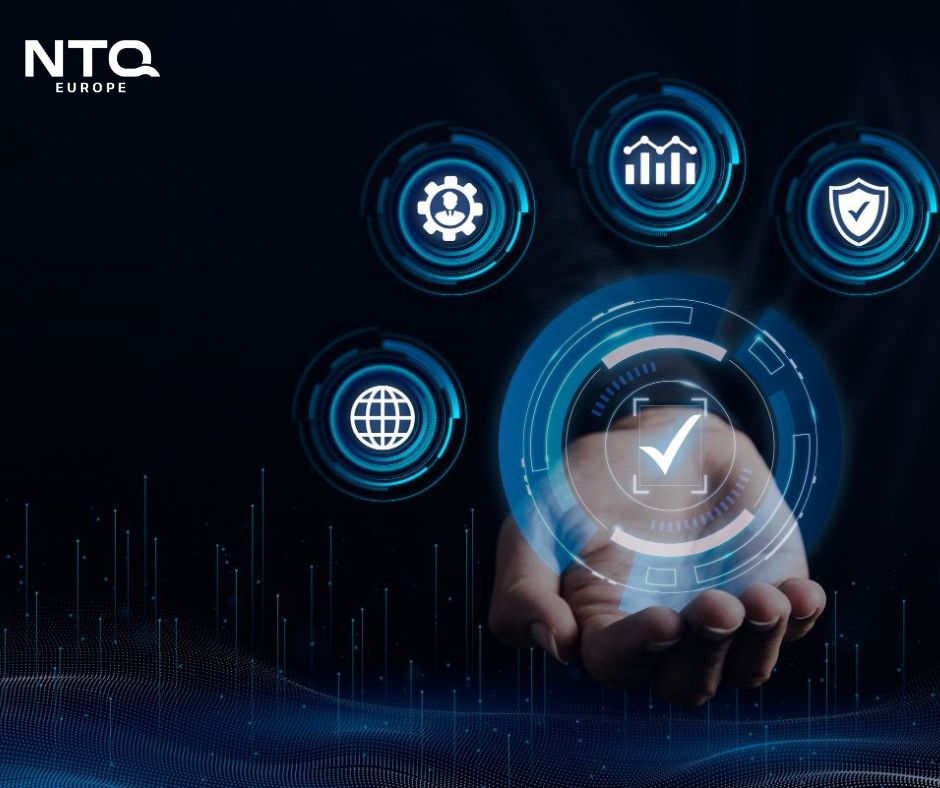
A trusted BOT provider helps you ensure smooth setup and operation
5. Future-Proof Your Global Expansion with the BOT Model
As the global business landscape becomes increasingly agile, companies are under growing pressure to scale rapidly, manage costs smartly, and retain control over their operations. The Build-Operate-Transfer model is emerging as a strategic powerhouse, bridging the gap between traditional outsourcing and long-term ownership.
From cost-efficiency and reduced operational risks to faster market entry and enhanced scalability, BOT enables businesses to test, validate, and grow offshore operations with minimal disruption. And as industries increasingly seek hybrid, flexible, and secure models for tech delivery, BOT is no longer just a trend – it’s fast becoming a default strategy for global IT expansion, particularly for fintech, SaaS, healthtech, and enterprises pursuing digital transformation.
Partnering with a trusted BOT provider with a clear build, operate, and transfer contract to ensure not only smooth setup and operation but also a long-term asset that’s yours to own.
Ready to build your offshore future on your terms? Talk to us today and discover how our tailored Build-Operate-Transfer services can help you scale confidently, reduce risk, and stay in control.

















